Hokkaido Japanese Milk Bread Recipe
This Hokkaido Japanese milk bread, made with the tangzhong method, delivers an incredibly soft, airy crumb and a golden crust.
Perfectly moist, slightly sweet, and pillow-light, it’s an irresistible brioche for breakfast, tea time, or indulgent snacking.
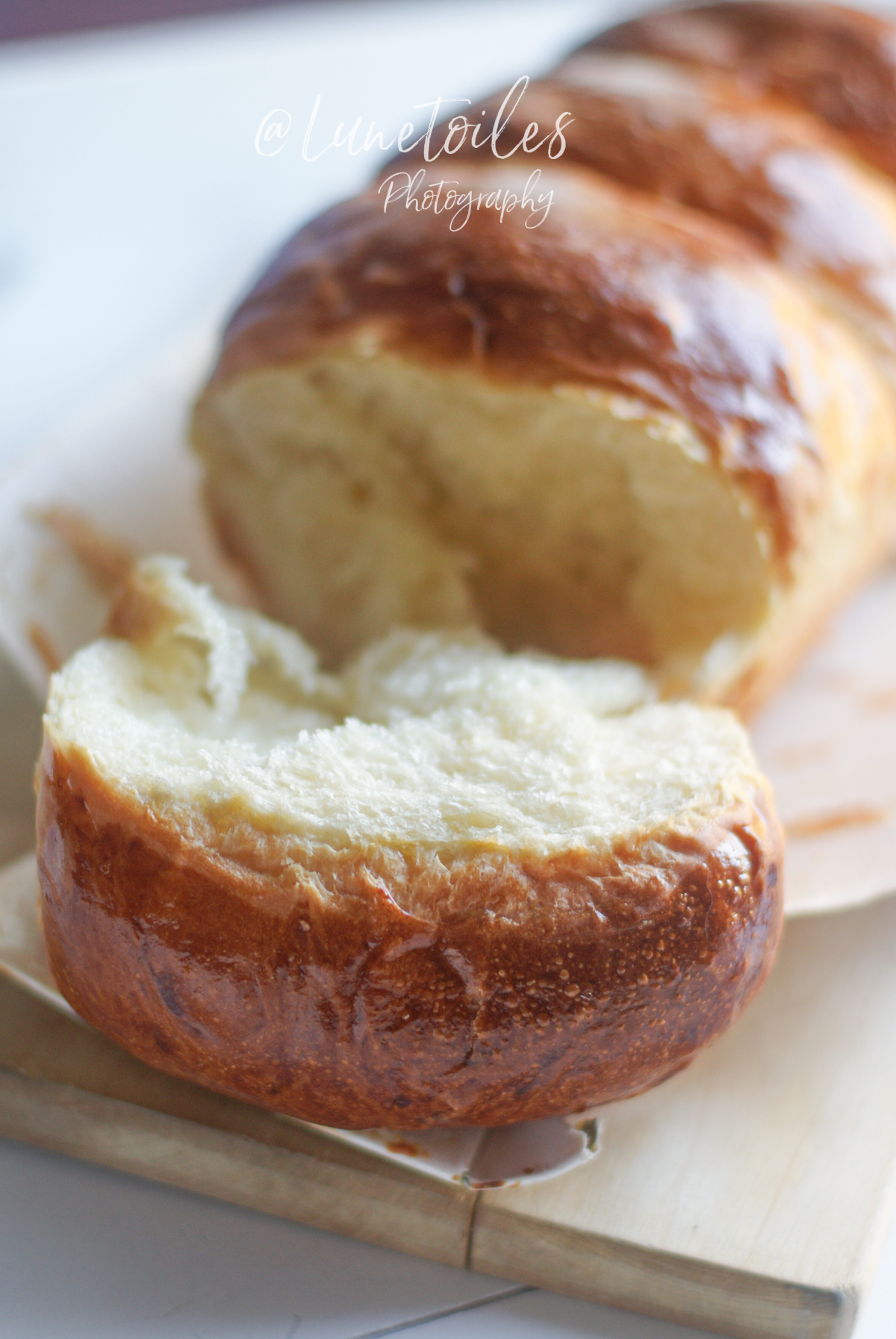
Hokkaido Japanese Milk Bread Recipe with Tangzhong Method: Soft, Fluffy & Irresistible
Who doesn’t dream of pulling from the oven a brioche-style bread with a cloud-soft crumb, so fluffy and stringy it melts on the tongue?
The first attempts may feel daunting, getting the texture just right, watching the dough rise patiently, but once you understand the rhythm, every loaf becomes a little triumph.
This Japanese milk bread, often called Hokkaido bread, is the very definition of comfort and elegance.
Its secret lies in the tangzhong method: a silky flour-and-milk roux that locks in moisture, giving the bread unmatched tenderness and a longer shelf life.
The reward is a golden loaf with a glossy crust and a pillowy interior, perfect for slicing at breakfast, layering with butter, or savoring plain with afternoon tea.
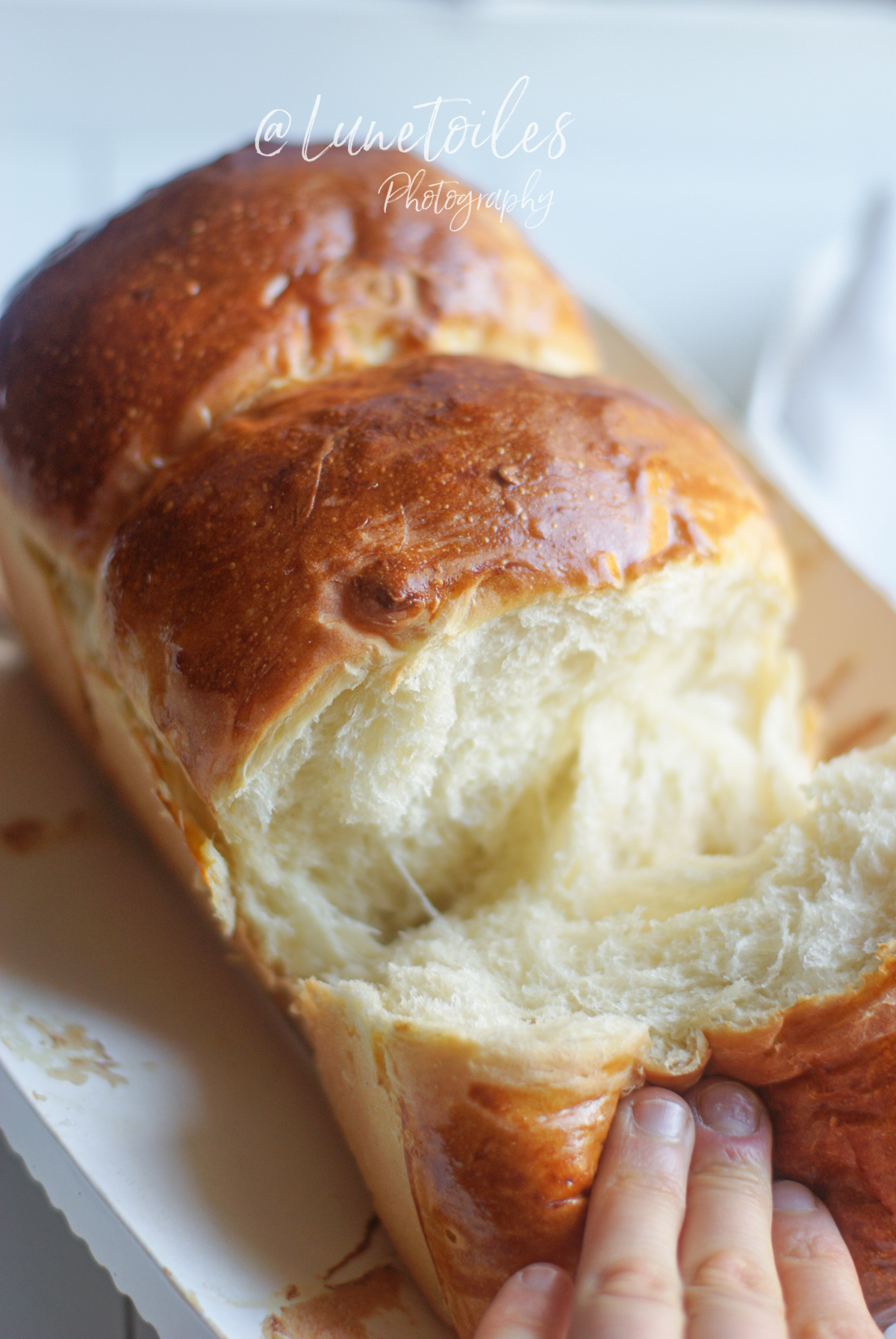
Ingredients for Japanese Milk Bread
Tangzhong (starter roux)
- 50 g flour – all-purpose or bread flour, gives structure.
- 125 ml water – at room temperature.
- 125 ml milk – for extra richness and softness.
Dough
- 540 g bread flour – higher protein content ensures elasticity and a stretchy crumb.
- 85 g sugar – balances flavor without being overly sweet.
- 10 g milk powder (optional) – deepens the milky taste and improves texture.
- 8 g salt – balances flavor.
- 1 packet (7–8 g) instant yeast or 20 g fresh yeast – for a reliable rise.
- 60 g heavy cream (30% fat) – makes the crumb more tender and rich.
- 2 eggs, room temperature – add structure, flavor, and color.
- 55 g warm milk – to activate the yeast.
- 50 g unsalted butter, cubed – for flavor and softness.
- 200 g tangzhong – the entire starter batch prepared earlier.
Egg Wash
- 1 egg yolk – for a golden finish.
- 1 tbsp milk – to thin the wash and avoid over-browning.
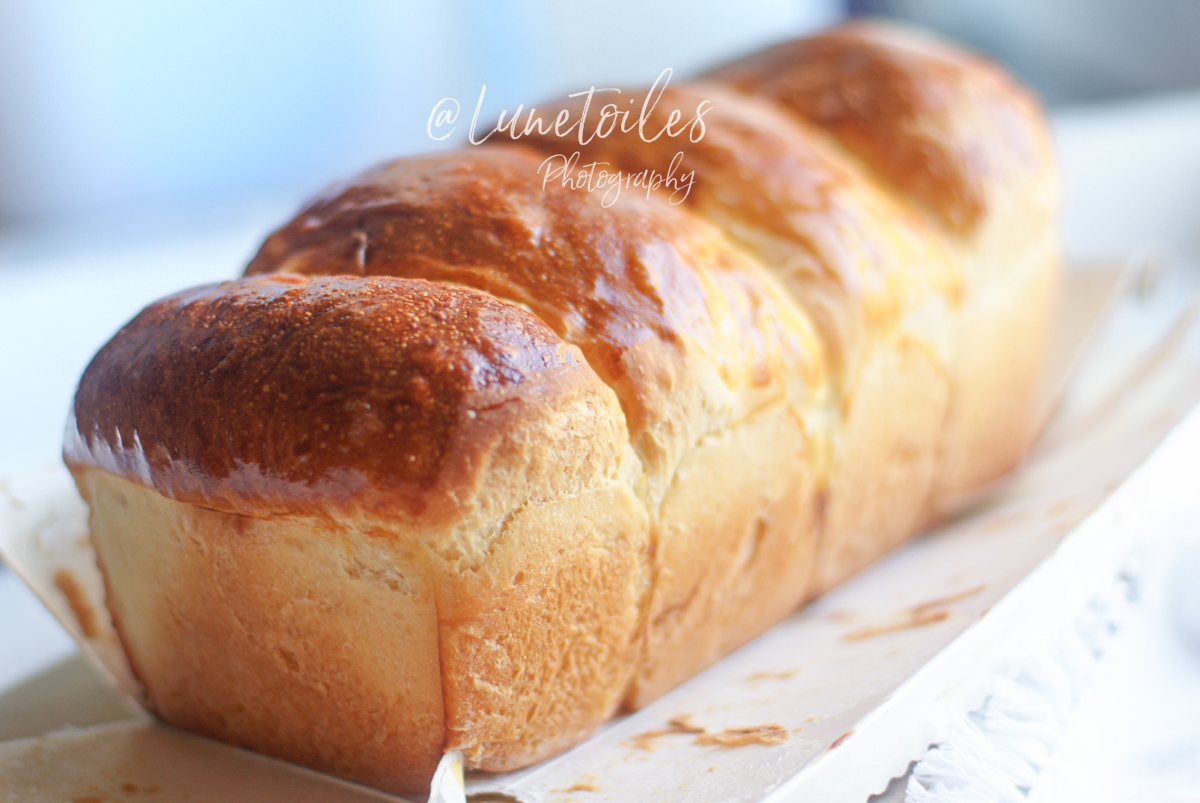
Step-by-Step Preparation
1. Make the tangzhong
- Whisk the flour, water, and milk in a small saucepan.
- Cook over medium heat, stirring constantly, until the mixture thickens to a smooth, paste-like consistency (do not exceed 65°C / 150°F).
- Remove from heat and let cool to room temperature.
2. Make the dough
- In a stand mixer bowl, combine flour, salt, sugar, and milk powder.
- Add the cream, eggs, and cooled tangzhong.
- Dissolve yeast in the warm milk, then pour slowly into the mixture while kneading at medium speed.
- After 10 minutes of kneading, add the butter in small cubes. Continue kneading until fully incorporated.
- Gradually add the remaining flour until the dough becomes smooth, elastic, and slightly tacky but not sticky.
3. First rise
- Cover the bowl with a cloth and let the dough rise in a warm spot for about 1 hour, or until doubled in size.
4. Shape the bread
- Punch down the dough to release air.
- Divide into 4 equal pieces and roll into smooth balls.
- Place into a greased or lined loaf pan (26 cm).
- Cover and let rise again for 60–90 minutes, until the dough reaches near the rim of the pan.
5. Bake
- Preheat oven to 180°C / 350°F.
- Brush the loaf with egg wash.
- Bake for 10 minutes at 180°C, then reduce to 160°C / 320°F and bake for another 20 minutes.
- If the top browns too quickly, cover loosely with foil.
Result: a golden, shiny, ultra-fluffy loaf with a delicate crumb.
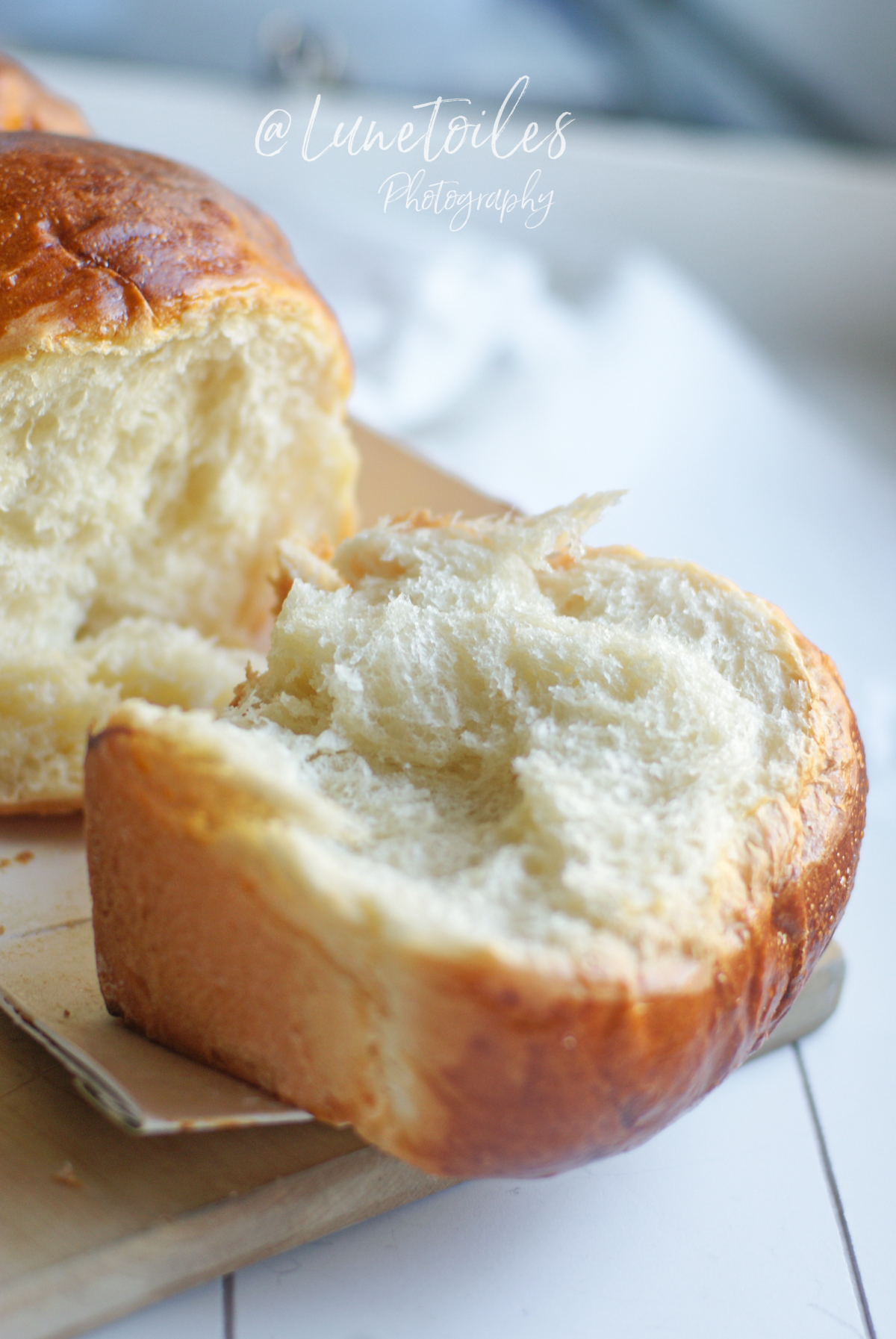
Variations, Substitutions & Adjustments
Lighter or Vegan Versions
- Replace cream with plain yogurt or extra milk for a lighter version.
- Use plant-based milk (soy, oat, almond) and vegan butter for a dairy-free version.
- Substitute eggs with 50 g applesauce or 2 tbsp plant yogurt per egg.
Flavor Twists
- Add vanilla extract or orange blossom water for a delicate aroma.
- Fold in chocolate chips or make a cocoa swirl.
- Sweeten with a spoonful of honey for a richer taste.
Different Shapes
- Form into mini rolls for individual servings.
- Shape as a braid or cluster of rolls for a pull-apart effect.
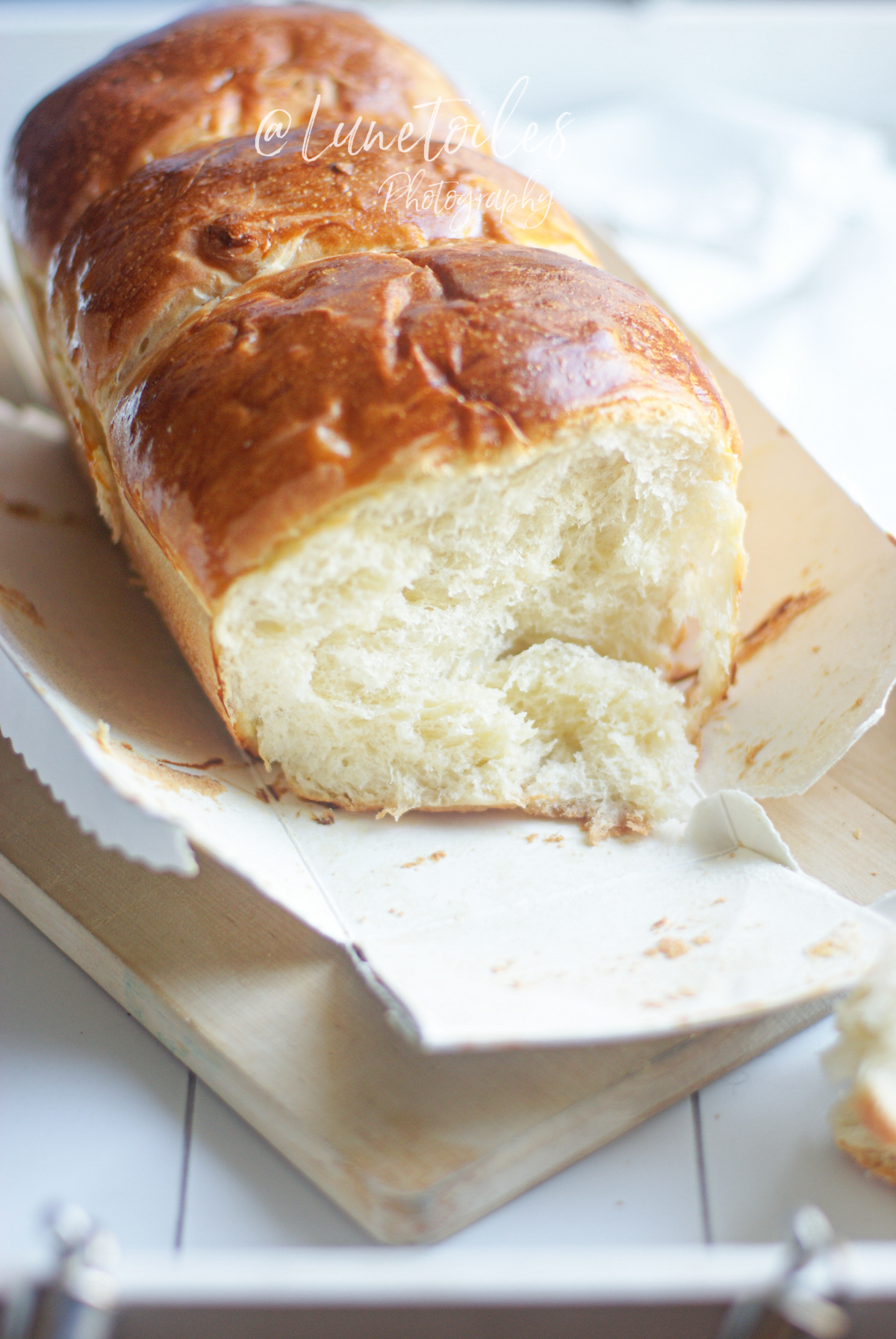
Common Problems & How to Fix Them
– Dough too dry → Add a tablespoon of warm milk or water.
– Dough too sticky → Sprinkle a little flour, but keep it slightly tacky for the best crumb.
– Poor rise → Check yeast freshness; ensure liquid is warm, not hot.
– Over-proofed dough → If it smells sour or collapses, knead briefly and shorten the second rise.
– Crust too hard, inside undercooked → Lower oven temperature and add steam (a small bowl of water in the oven).
– Uneven baking → Bake in the center of the oven, cover with foil if browning too fast.
Storage & Reheating
- Store at room temperature in an airtight bag or wrapped in cloth for up to 3 days.
- Freeze slices individually and reheat in a toaster or oven.
- For the softest crumb, microwave a slice for 10 seconds or rewarm in a low oven.
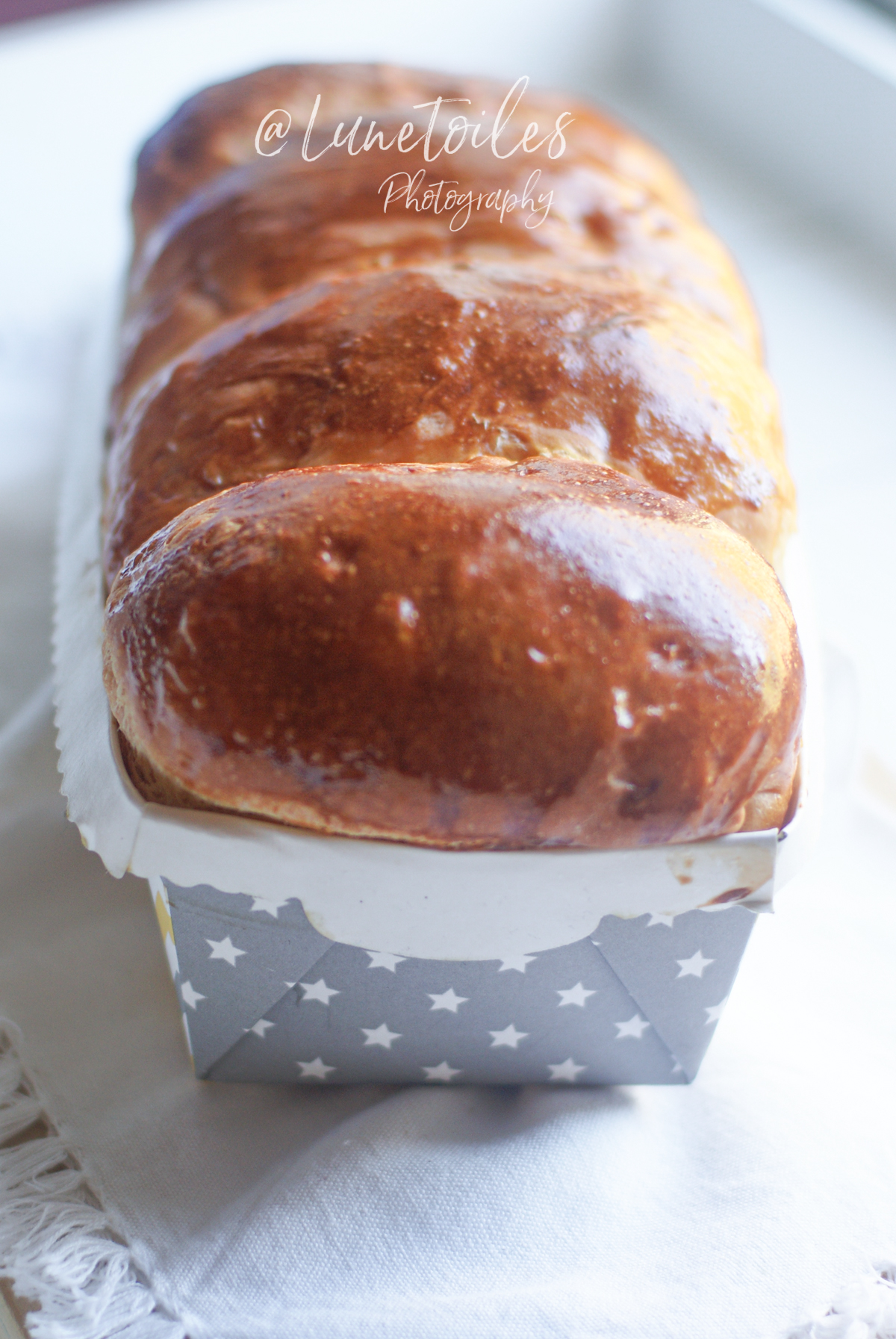
FAQ
Can I skip the tangzhong?
It’s possible, but not recommended. Without tangzhong, the bread will dry out faster and lose its signature texture.
Which yeast is best?
Both instant yeast and fresh yeast work well. Instant yeast is more convenient, while fresh yeast gives a slightly deeper flavor.
Ideal proofing temperature?
- In winter: proof in a slightly warm oven (light on, heat off) or near a radiator (~26°C / 79°F).
- In summer: proof at room temperature but monitor closely to avoid over-fermentation.
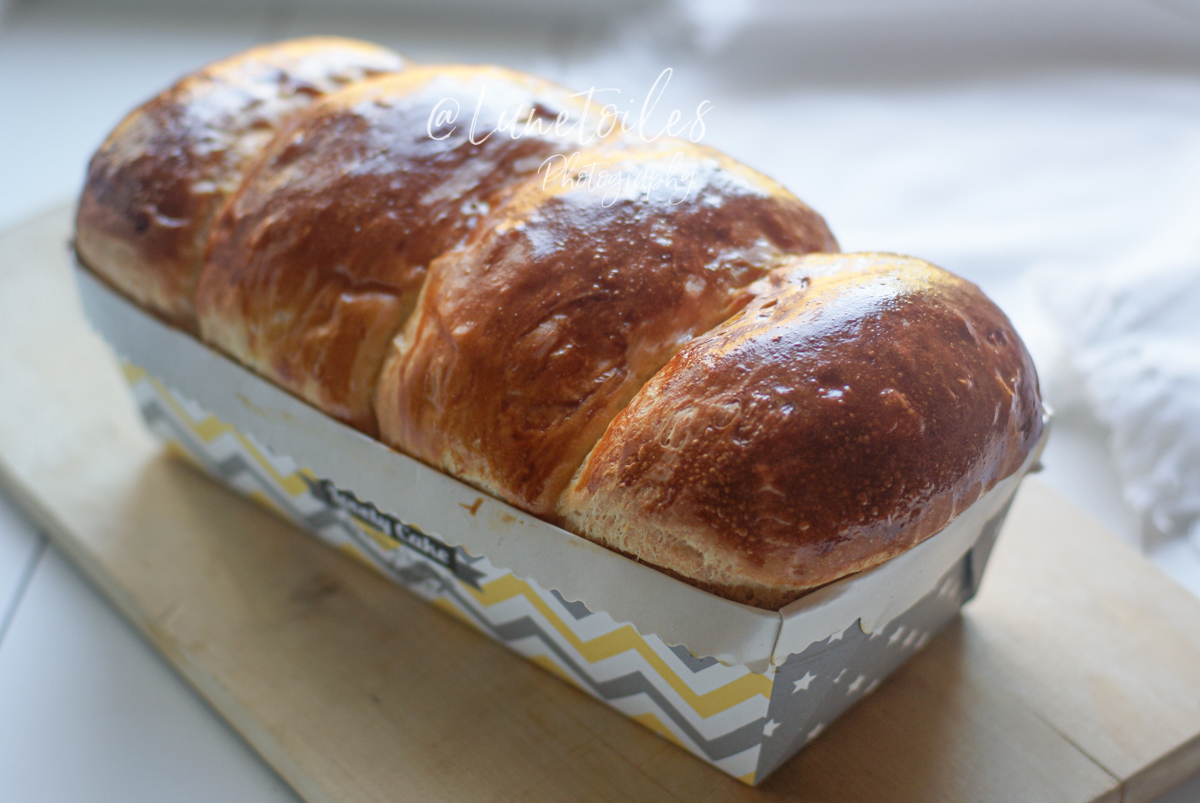
Other bread recipes to try
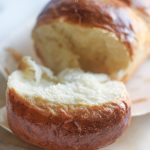
Japanese Milk Bread (Hokkaido) Recipe with Tangzhong Method
- Total Time: 1 hour
- Yield: 10 portions 1x
Description
This Hokkaido Japanese milk bread, made with the tangzhong method, delivers an incredibly soft, airy crumb and a golden crust. Perfectly moist, slightly sweet, and pillow-light, it’s an irresistible brioche for breakfast, tea time, or indulgent snacking.
Ingredients
For the Tangzhong:
- 50 g flour
- 125 ml water
- 125 ml milk
For the dough:
- 540 g flour
- 85 g granulated sugar
- 10 g milk powder (I didn’t use it)
- 8 g salt
- 1 packet Briochin instant yeast (or 20 g fresh baker’s yeast)
- 60 g heavy cream (30% fat)
- 2 eggs, at room temperature
- 55 g lukewarm milk
- 50 g butter, cut into pieces
- 200 g tangzhong (I used all of it)
For the egg wash:
- 1 egg yolk
- A little milk
Instructions
Preparation of the Tangzhong:
- In a saucepan, whisk together the flour with the water and milk.
- Heat gently, not exceeding 65°C (149°F), while stirring continuously.
- The mixture will thicken and resemble a smooth porridge.
- Once the temperature is reached, remove from the heat and set aside to cool until lukewarm.
Preparation of the dough:
- In the bowl of your stand mixer, add 440 g flour, salt, sugar, and milk powder. Mix.
- Add the cream, the two eggs, and the prepared tangzhong.
- Warm the milk slightly and dissolve the yeast in it.
- Pour this yeast-milk mixture into the bowl in a thin stream while kneading on medium speed.
- Let the mixer work until a rough dough ball begins to form.
- After about 10 minutes of kneading, add the butter in small cubes.
- Once the butter is incorporated, gradually add the remaining flour in small amounts.
- A smooth dough ball will form and start pulling away from the sides of the bowl. The dough should be homogeneous and slightly sticky.
- First rise: Cover the bowl and let the dough rest near a warm place (radiator or warm spot) for 1 hour, or until doubled in volume.
Shaping:
- Punch down the dough, transfer to a work surface, and divide into four equal pieces.
- Shape each piece into a ball and place them in a greased loaf pan (26.5 cm).
- Cover again with a cloth and let rise for 1 to 1.5 hours in a warm place.
Baking:
- A few minutes before the end of the rising time, preheat the oven to 180°C (350°F).
- Brush the dough with an egg yolk mixed with a little milk.
- Bake for about 30 minutes:
- First 10 minutes at 180°C (350°F),
- then lower to 160°C (320°F) for the remaining time.
- Prep Time: 40 min
- Cook Time: 20 min
- Category: bread
- Cuisine: japanese cuisine
Nutrition
- Serving Size: 1 portion
- Calories: 320 kcal
